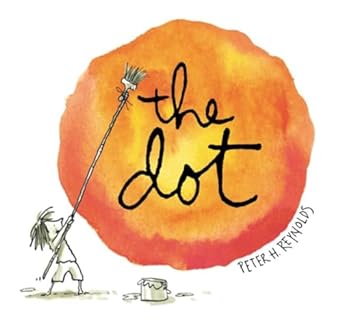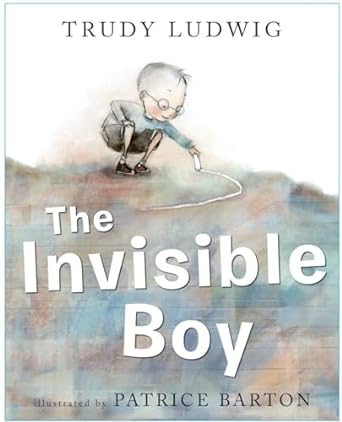One of the biggest priorities in my classroom is social-emotional learning (SEL). SEL is all about teaching students to manage emotions, make good decisions, foster relationships, and become self aware. SEL in the classroom is so important, especially with young learners.
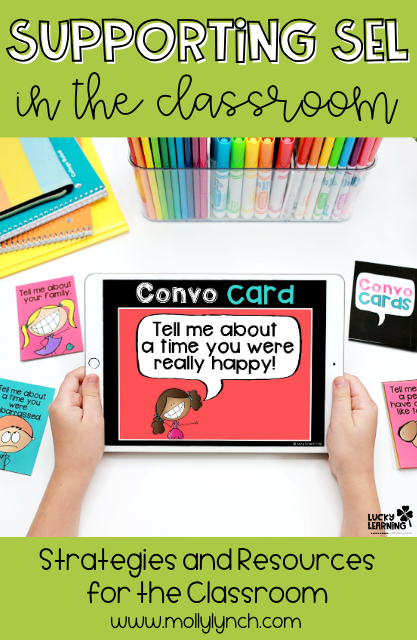
It’s a lot to take in at any age, especially with all the pressures young people have during the last few years. Supporting your students with social-emotional learning in the classroom is just as important as reading, writing, and math. Here are some strategies and resources for SEL I love using in my classroom.
Strategies for Promoting SEL
Creating a classroom environment that supports SEL requires intentional strategies and practices. Here are some approaches that have worked in my classroom and many others!
Morning Meetings
Let your students identify and express their emotions in a safe and supportive space. First, start each day with a morning meeting. Not only will this jumpstart your day with a calendar, Daily Fact of the Day, and more, I’ve included a question to ask each day. The questions range from feelings to opinions and everything in between!
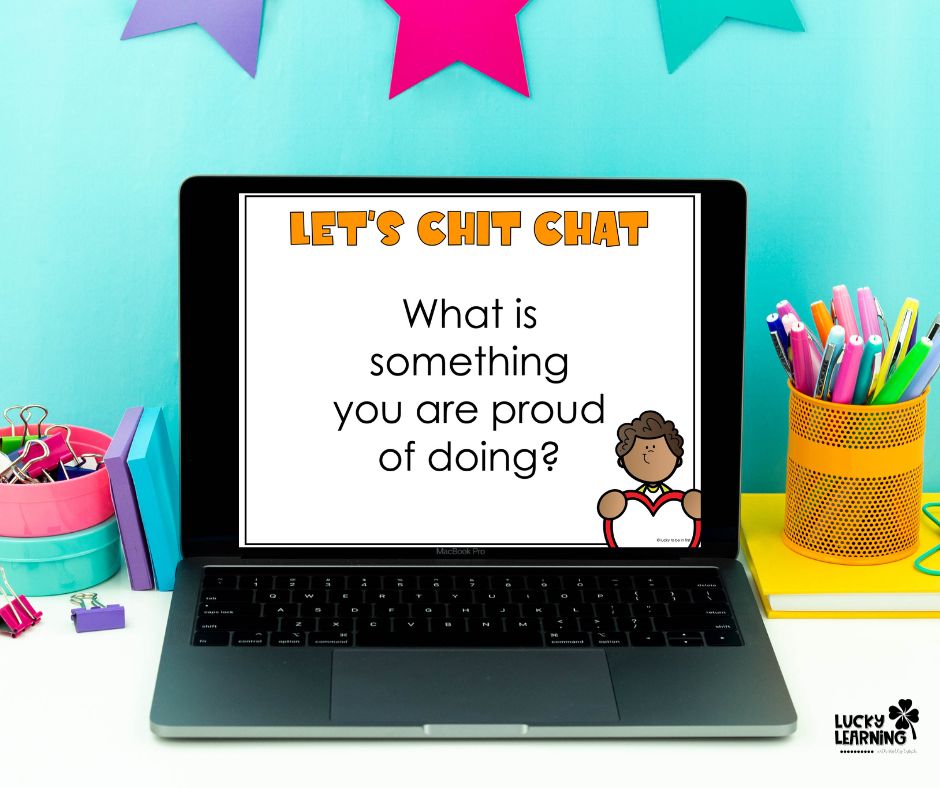
This is a place where students have the opportunity to share how they’re feeling and for you to validate their emotions through SEL activities. The best part? Morning Meetings are no prep!
Mindfulness/Breathing Activities
Of course, younger students are still developing their self-control skills. {But older students and even adults can also benefit as well!} Incorporate social-emotional learning activities that promote self-regulation, such as mindfulness exercises and deep breathing techniques.
These practices help students recognize and manage their emotions in a healthy way. Meditation is also a perfect way to help students work on self-control.
I love videos from The Mindfulness Teacher. They’re short {and she has an accent which students love to hear!}
Need more ideas? Check out this blog post for other suggestions for calming down upset students.
Role Playing/Social Stories
SEL is not just about understanding one’s own emotions but also about empathizing with others. Lessons on empathy, kindness, and respect for diversity are essential in social-emotional learning. Through books, role-playing, and social stories {stories that explain specific situations for students to handle at home and school}, students learn the value of treating others with compassion and understanding.
To ease into social stories, you can start with Convo Cards!
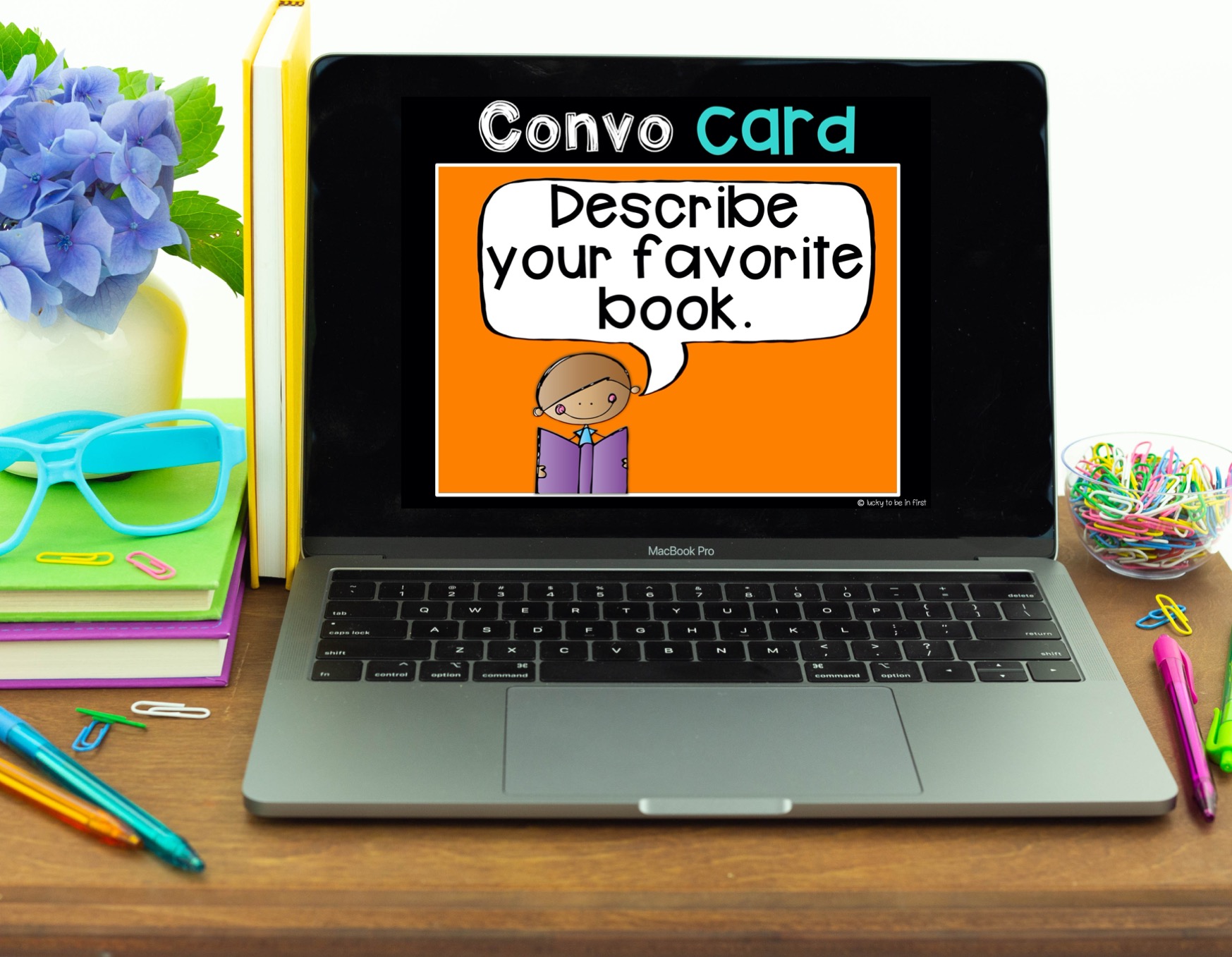
Resources for SEL in the Classroom
Thankfully, there are numerous resources available to support SEL in the classroom. From curriculum to books and online tools and apps, there’s something for every level!
SEL Curriculum
Many schools provide comprehensive SEL materials designed specifically for different grade levels. There are structured lessons, activities, and resources to help teachers incorporate social-emotional learning into their daily instruction. My school uses Second Step and it’s a great jumping off point to discuss important concepts.
Picture Books
Of course, picture books are powerful tools for teaching SEL concepts! I love using read-alouds in the classroom to reinforce social-emotional learning skills. Here are two of my favorite books:
The Dot
The Invisible Boy
My Mouth is a Volcano {or any Julia Cook book!}
These books help students understand empathy, friendship, and self-expression.
Online Tools and Apps
Various online platforms and apps also offer interactive activities and games that promote SEL skills. Programs like ClassDojo and GoNoodle provide engaging content to support character development and social skills. I also love apps like Calm for students and adults!
Social-emotional learning in the classroom creates a supportive environment where students feel safe and loved. These strategies and resources give students the social and emotional skills they need. Together, we can create a positive learning environment that sets the foundation for a lifetime of social and emotional well-being!


